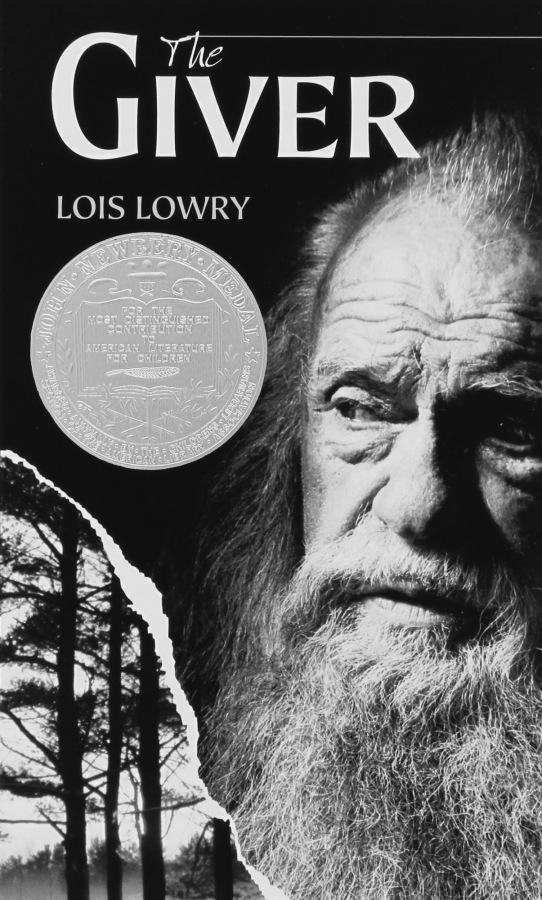Movie vs. Book: The Giver
November 20, 2014
The Giver: A book most of you likely read in the eighth grade and either loved due to its interesting plot and characters, or were bored by due to its unusual subject matter. At least, that was the reaction in my eighth-grade classroom.
I for one, was on the “bored” side of the divide when I read it in 8th grade. However, with the release of the movie adaptation over the summer and the renewed hype around the book due to this release, I decided to give the book another try before watching the movie. I do not regret this choice, as my perception of the book has changed dramatically.
For those of you who don’t know the story, The Giver is a fictional novel, set in a futuristic society where differences are nonexistent. Everything from the weather to family structure to race is strictly regulated and controlled. Precision of language and rules against lying and rudeness are all upheld with the utmost austerity. In the midst of what their people call Sameness, there is a person, the Receiver, whose sole responsibility is to bear the burden of all the memories, both terrible and beautiful, of the human race.
Jonas, the protagonist, is singled out and chosen to be next in line for this burdensome yet vital job. Jonas and the Receiver are the only ones who realize their society has robbed them of the fruitful aspects of life, when it was decided to eliminate suffering years ago at the society’s creation. Together, he and the Receiver set out to change their world.
The Newbery Award-winning book, written by critically acclaimed author Lois Lowry, has received significant praise since its release in 1993. Some of the praise likely comes from the fact that The Giver, a children’s novel, is written with simplicity in language and structure yet still contains layers of depth that explore the true meaning of life. The novel’s central conflict also adds to this praise as it centers on the issue that safety should not be the only factor that matters.
Perhaps due to naiveté or lack of close reading, I did not see all these hidden layers of meaning when I was in the eighth grade. My perception and general opinion of the book has changed for the better, and my re-reading of it has enlightened me as to why it has been praised so highly over the years.
The movie, just as most film adaptations, differs from the book. The differences certainly enhanced specific aspects of the story and made the movie more interesting. Scenes were added to the film that focus on relationships between characters that were not developed as much in the book. Tender scenes from the story that did not resonate much with me in the book almost brought me to tears in the movie.
While on an emotional level the movie excels, it falls short in others. This relatively short film, around 100 minutes in length, could have delved further into several profound ideas that the book does well. For example, the controversial choice of living with suffering and joy or with nothing at all was a central idea in the book. However, though the movie touched the surface of this, the presentation of this idea lacked in resonance, while the book did not. Also important was the necessity of love in family structures and personal relationships. The movie did not adequately portray the lack of this strong emotion in their society in a believable way.
The movie is certainly not lacking in any astounding way, but there is that lingering feeling of they could have gone deeper when it comes to conveying the true message behind the story.
My advice: read the book first and then watch the movie. Both are worth your time and are satisfying in their own ways, but embracing the full meaning of the book before you watch the film will be worth your while.
I definitely recommend both to everyone, as The Giver is on its way to becoming a classic American story that reminds us of the most important aspects of life, both the evil and the wonderful, that make life worth living and define who we are as people.













































